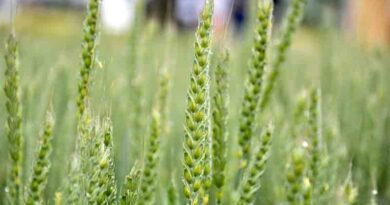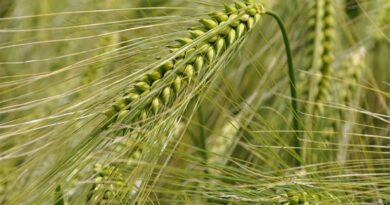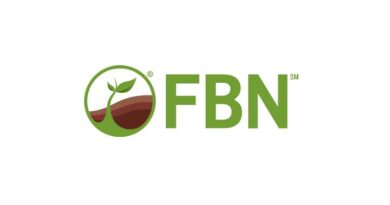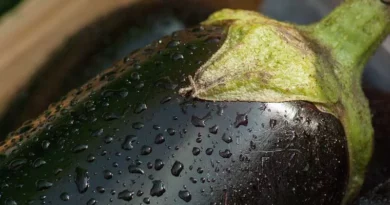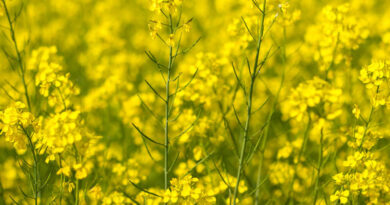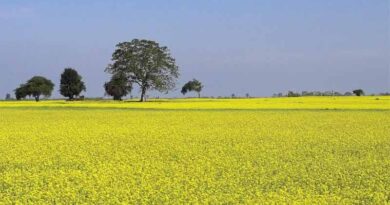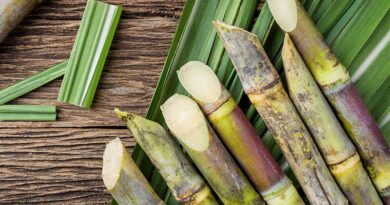Potential Argentina corn and soybean production in 2021/22
Guest Author: Michael Cordonnier/Soybean & Corn Advisor, Inc.
27 August 2021, Argentina: Farmers in Argentina are preparing to plant their 2021/22 crops, so let’s take an early look at the potential acreage and production. These are very preliminary estimates and given the volatility in the weather and the commodity markets, one thing is certain – these estimates will probably be adjusted going forward.
Argentina 2021/22 Weather – The weather in Argentina is currently dryer than normal and warmer than normal. The weather for spring planting is questionable given the possibility of a return of La Nina conditions during the growing season. Argentina farmers will start planting their corn in September and their soybeans in October.
Also Read: Union Agriculture Minister launches National Food and Nutrition Campaign for farmers
In northern Argentina, farmers have started to plant their sunflowers, but there are already reports that farmers will reduce their sunflower acreage due to dry conditions.
Argentina 2021/22 Corn
Argentina’s 2021/22 corn acreage up 10% to 6.8 million hectares (16.7 million acres).
Argentina’s 2021/22 corn production 52 to 54 million tons. If verified, that would be up 3.5 to 5.5 million tons above the current estimate of 48.5 million tons for the 2020/21 crop.
The corn acreage in Argentina is expected to increase in 2021/22 due to several factors including a relatively strong performance for corn vs. soybeans during the 2020/21 growing season. About half of the corn in Argentina is planted during September and October with the other half planted during late-November and December.
For the last several years, the late-planted corn has performed very well, better than the early-planted corn in many instances. Farmers like this split planting because it lowers the risk of adverse weather during the critical pollination period. Additionally, early planted corn sometime can have germination and plant population problems due to dry conditions.
Farmers have also been pleased with corn’s genetic improvement in recent years, especially the fact that the new corn hybrids can better tolerate dry conditions.
Another advantage for corn is lower export taxes of 12% compared to 33% for soybeans and 31% for soybean meal and soybean oil.
Soybeans are generally planted at one time, so adverse weather during pod filling can impact soybean yields. That is what happened this past growing season. With a forecast of potentially adverse weather resulting from another La Nina event, farmers in Argentina are expected to increase their corn acreage and lower their soybean acreage.
Argentina 2021/22 Soybeans
Argentina 2021/22 soybean acreage down 0.6% to 16.5 million hectares (40.7 million acres).
Argentina 2021/22 soybean production 50 to 51 million tons. If verified, that would be up 4 to 5 million tons above the current estimate of 46 million tons for the 2020/21 crop.
If the soybean acreage declines slightly as expected in 2021/22, it would make six straight years of lower soybean acreage and maybe the lowest acreage since 2006. Soybean production in Argentina has several problems. First and foremost are export taxes of 33% on soybeans and 31% on soybean meal and soybean oil.
Argentina has a lower cost of production for soybeans compared to Brazil and the United States, but export taxes of 31 to 33% eats up most of the margin. Export taxes on soybeans and the soybean products are a major source of revenue for the federal government and the situation is not expected to improve any time soon. The federal government finds itself in a dire financial situation unable to pay its loans to the IMF and other creditors. The federal government cannot afford to give up any revenue from the soybean export tax, especially since tax revenues were down due to lower production in 2021/22.
Another problem for soybean producers in Argentina is a lack of seed laws that provide royalty payments to seed companies for new genetics. Seed companies have been fighting for royalty payments to pay for investments in new seed technology, but the Argentine Congress can’t seem to pass new seed laws.
This is a problem for soybeans since they are not hybrid seed. That means farmers can replant their own seed year after year and not pay a royalty. Corn cannot be replanted because it is hybrid seed.



